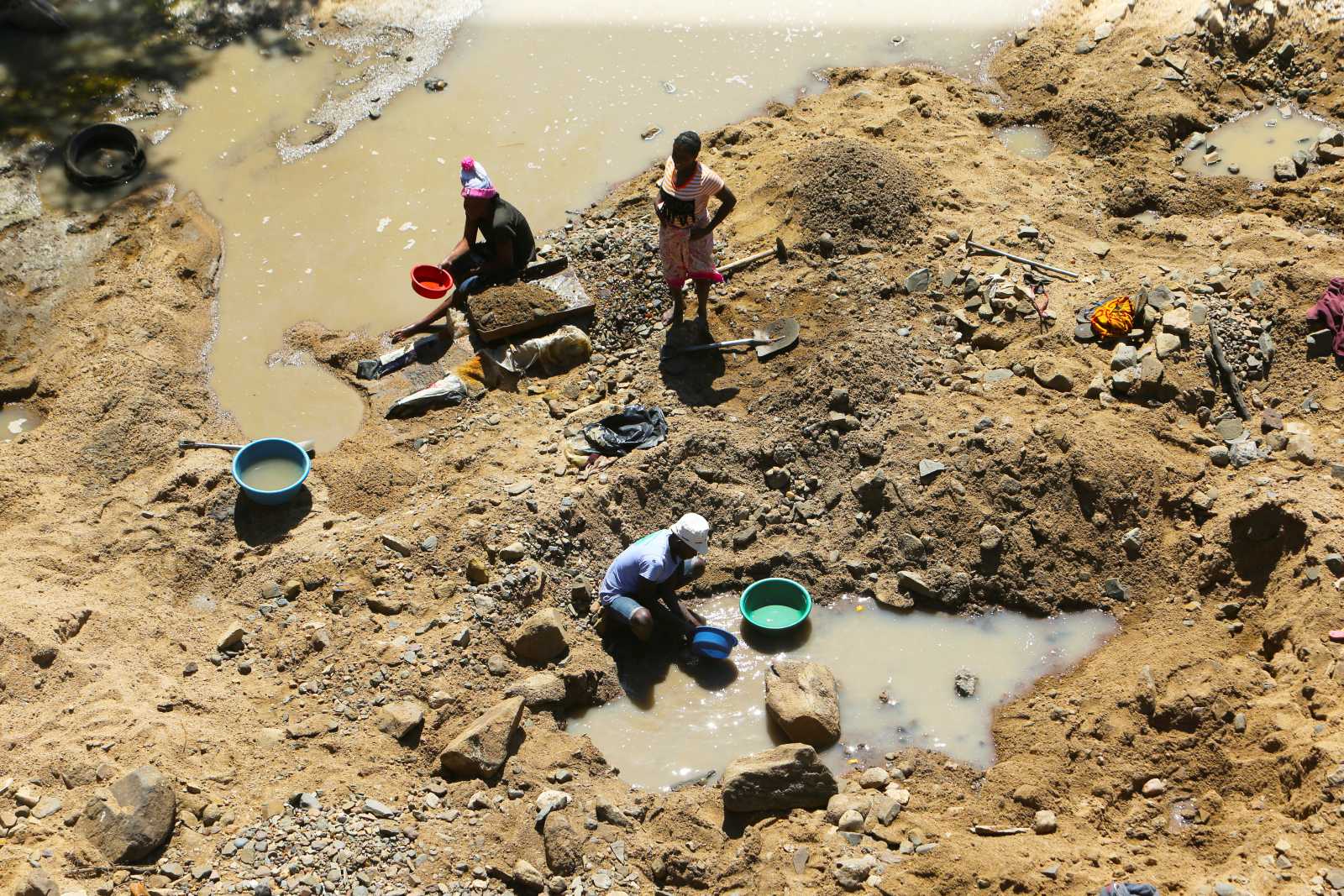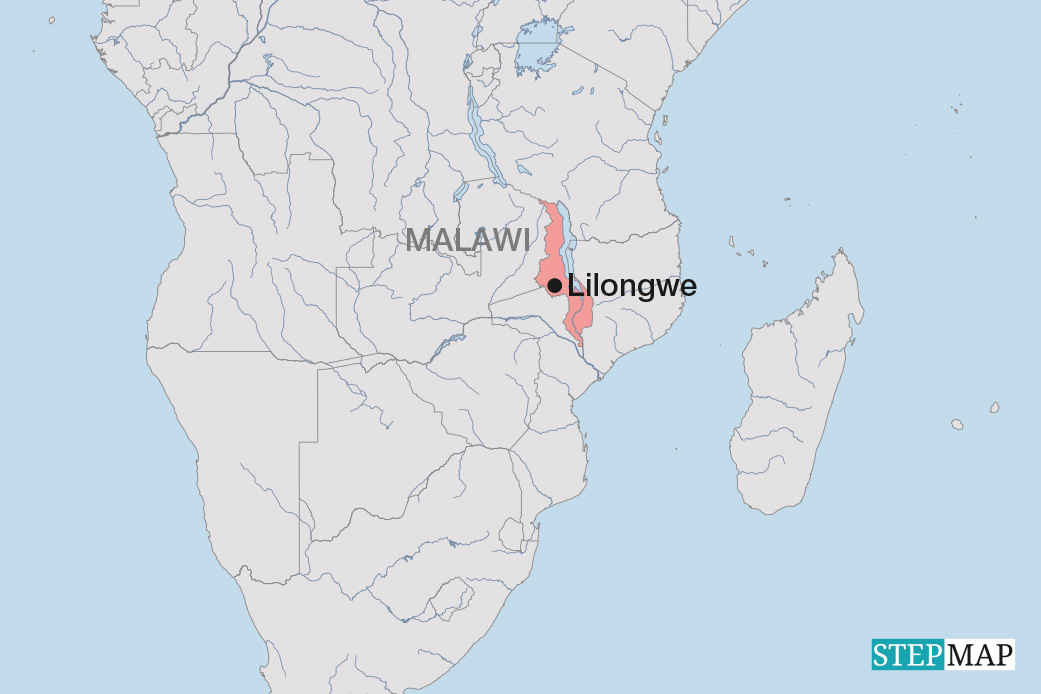Microfinance
“Local roots”
[ Interview with Hans Dieter Seibel ]
How do microfinance institutions differ from standard commercial banks?
Actually, there shouldn’t be any difference, at least as far as the principles of banking are concerned. The target market, however, is certainly specific to microfinance institutions – or MFIs for short. They want to reach the people in developing countries who do not have access to formal-sector banks, in other words, the large majority of ordinary people.
Why do they not have access?
To understand that, you need to know history. After the Second World War, the USA wanted to rebuild Western Europe fast. The multilateral World Bank was founded in 1944 for that reason. Shortly after the war, the Kreditanstalt für Wiederaufbau – now called KfW Bankengruppe – was set up in West Germany. The purpose of these institutions was to transfer capital, and they succeeded very quickly in reviving the economy. As early as 1953, a mere five years after the currency reform, West German companies had to start hiring workers from abroad. As the strategy of capital transfer had worked out well in Europe, it was later applied in developing countries, with disastrous results, however.
What went wrong?
The fundamental error was to believe that development can be achieved in the same way as reconstruction. Development, however, is quite different – and far more difficult. The idea was that developing countries first and foremost needed capital which their banks would distribute sensibly. Accordingly, no serious attempts were made to mobilise capital in the countries themselves. Furthermore, there were hardly any private-sector banks, so government-run banks distributed the funds. For political reasons, they would grant loans at very low interest rates or even simply cancel debts. They made funds available for large prestige projects, but did not finance a broad range of small-scale and mid-sized industries. Put very simply, I’d argue that the financial systems of most developing countries never served their main purpose: they failed to mobilise savings in order to enable local investment and thus get self-supporting economic development going.
But there isn’t much capital that could simply be mobilised by financial institutions in poor countries.
This assumption may look obvious, but it is wrong. People have always been saving – and it all boils down to making the most of this potential. Consider German history: our municipal savings banks and our cooperative banks still play an important role in the economy, and they originally started as charitable endeavours. Both models only became truly dynamic when, in the course of the 19th century, they began to collect savings deposits and started to use that money for loans, as I described in an essay in 2003. The model quickly spread throughout the world. There were even successful cooperative banks in colonies such as India and Indonesia, but the model couldn’t thrive after independence. Government intervention thwarted their dynamism. As financial-service providers for the masses, these banks failed.
So MFIs are filling the gap?
Yes, indeed. Non-governmental organisations have been working with loans since the 1970s. At the time, their emphasis on fighting poverty was new. Charities from rich nations were ready to support these schemes, and before long, the state-run development agencies of rich nations joined them. Microloan providers had to refinance their programmes and depended on donor funds. During the next stage, some microloan providers decided to offer savings services in order to become less dependent. In the last issue of D+C/E+Z, Ketut Nurcahya and I outlined examples in Bali. The term “microfinance”, which I first proposed at a conference because it really is not just about giving loans, gradually took root in the 1990s.
In Germany, however, microcredit is what gets people exited.
If that is so, it is due to Muhammad Yunus and the attention he gained with the Grameen Bank.
But in many respects, the Grameen Bank does social work rather than being a classic financial-services provider. It redefines the role of women in villages shaped by Islam. It organises them into groups, emphasises education, and makes members pledge to never pay dowries. I did research in Bangladesh in the early 1990s, and the social-work dimension seemed more important to me than the financial one.
I know what you mean, and the Grameen Bank’s work with women has definitely been socio-revolutionary. Nonetheless, I don’t agree with you. The group model is not primarily about social work. It makes good financial sense because it reduces transaction costs. Very poor people only ever make minimum payments, so if you work with groups of five clients, for example, your expenses are spread accordingly. That is why many MFIs work that way. Once the most urgent need has been met, however, the need for individual loans grows, and customers no longer want to guarantee payments of other customers. Actually, the Grameen Bank has changed quite a bit, and the way it operates today is rather similar to the municipal savings banks we have in Germany. That is not widely known, but David Hulme summed it up very well in 2008.
And you are in favour of that model?
Yes, because self-supporting financial institutions with strong local roots are of utmost importance for economic development – and, as a consequence, for poverty reduction too. A lot has been achieved in the past 20 years. In addition to charitable initiatives, there is now a wide range of MFIs. Some systematically offer diverse financial services, and they often grow fast. In the meantime, governments and legislators in many countries have also taken interest, although the regulations they pass are not always helpful. In many countries, for example, NGOs are allowed to issue microloans, but not to accept savings. In any case, there is a trend away from long-term donor-dependent models, even though these models are very convenient for donors with their chronic need to disburse massive funds.
So are you skeptical about the work of GTZ, KfW and other German agencies?
No, don’t get me wrong. In recent years, the agencies of the BMZ, the Germany’s Federal Ministry for Economic Cooperation and Development, have made an extraordinary contribution to establishing up-to-date financial systems in their partner countries. They have transferred knowledge, helped to implement modern financial systems, given expert advice on regulations and supervision and so on. Of course, start-up capital was granted from time to time too, but the focus was certainly not on disbursing as much money as possible. Personally, I find the ProCredit Holding, in which the KfW has a share, fascinating. ProCredit has proven that it is possible to set up well-performing financial institutions even in troubled places like the DR Congo and Haiti.








